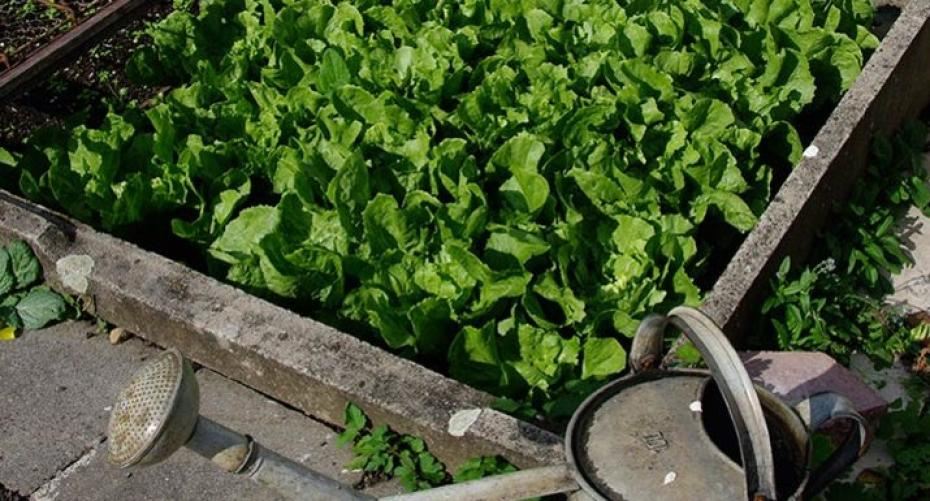Mini-vegetables are ideal for small spaces and for children to grow.
Growing mini vegetables and micro greens are an excellent means of getting your 5-a-day when you don’t have much space. You only need a sunny windowsill, patio, backyard or balcony as they can all be grown in pots. They are also tenderer than the larger varieties, having less tough, woody fibres, and have the same nutritional benefits. Mini vegetables and micro greens can also be more flavoursome than their larger counterparts. They are harvested sooner after sowing than full sized varieties so are less susceptible to pests and diseases. Mini vegetables are either bred specifically to be small or are large varieties harvested young.
What can I grow?
Micro greens are just the seedlings of other vegetables, such as: Greek cress, sprouting broccoli, leeks and radish. Broad-leaved and Red-leaved Sorrel are both cut-and-come-again. Most of the soft herbs can be grown as micro greens.
Mini or baby vegetables can be either specifically bred or just large varieties harvested when small. Below is a list of recommended vegetables:
- Aubergine - Thai Yellow Egg Plant
- Beetroot - Action, Pablo, Pronto
- Cabbage - Micro
- Calabrese - Roxette
- Carrot - Paris Market Atlas, Amini, Pariska, Ideal, Suko
- Cauliflower - Igloo, Candid Charm, Idol
- Courgette - Ambassador, Bambino
- Cucumber - Cucino, Picolino, Rocky Seed, Vega, Zeina
- Dwarf French Bean - Hildora, Stanley
- Greens - Chop Suey Shungiku Greens
- Kale - Showbor, Starbor
- Leek - Jolant, King Richard
- Lettuce - Little Gem, Mini Green, Blush, Salad Bowl
- Onion - White Lisbon, Vera Prima, Shakespeare, Pompeii
- Parsnip - Arrow, Lancer
- Pepper - Sweet Mini
- Radish - most varieties
- Spinach - Samish, Tetono (cut young and you should get a second crop)
- Squash - Honey Bear
- Sweetcorn - Minipop
- Tomato - Tumbling Tom
- Turnip - Atlantic, Market Express

How do I grow them?
If you are growing them in a small plot or a raised bed make sure that the soil is rich and well drained, if necessary add some horticultural grit to aid drainage or good quality compost and a balanced fertiliser to increase fertility. The exceptions to this are carrots and parsnips which need a well-drained soil, if necessary mix 2/3 loam based compost and 1/3 horticultural sand. They need a less rich soil than other vegetables and will distort and fork if grown in heavy compost.
If growing in pots good multi-purpose compost with a handful of a well balanced fertiliser will suffice. Pots must be placed in a sunny spot.
In order to increase the growing period sow early under glass, you can also repeat at the end of the season.
Make sure that the seed bed is finely raked. Sow outdoors when the soil temperature reaches a minimum of 8C (46F). The temperature can be raised by covering with thick plastic 2 weeks before sowing. The seeds need to be covered with a cloche in order to maintain the soil temperature. Don’t sow too many at once, otherwise you will end up with a glut of produce you won’t be able to use, so sow at 3 week intervals. If you are using full size produce as mini vegetables halve the recommended distance between the plants when planting out.
Micro greens can be grown at any time of year on a warm, sunny windowsill. Cress Presto can be grown on damp kitchen paper. They are harvested when there are two developed leaves approximately 10 – 14 days after sowing. You can only get one crop from micro greens so they need to be sown at regular intervals. Remember not to let them dry out, so a regular spray is necessary. If you are new to vegetable growing these micro greens are an excellent way to start, as they are relatively easy.


